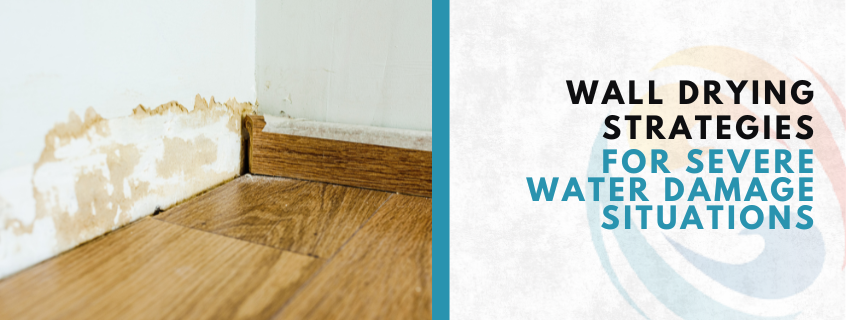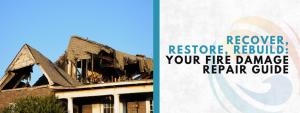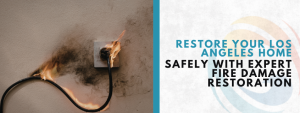When disaster strikes in the form of severe water damage situations, it can be overwhelming—whether caused by a burst pipe, heavy rain, or flooding. For homeowners in Playa Del Rey, knowing how to dry out walls quickly is essential to prevent mold growth, protect the property’s structure, and begin effective water damage repair.
Water damage varies—clean water often comes from broken pipes, while gray water may come from appliances or sinks—and each type requires specific handling. Common causes include storms, leaking roofs, and flood events, and understanding the source is essential for effective management. The term “category water damage” refers to the classification system used to identify the source and level of contamination of water that has caused damage to a property, helping guide the right restoration approach. Acting immediately not only reduces repair costs but also prevents health hazards, making swift response critical for safe and successful restoration.
Category 1 (Clean Water): This type comes from a clean source, such as a broken supply line, a sink overflow, or melting snow. It poses little to no risk to human health and can typically be cleaned up safely.
Category 2 (Gray Water): This involves water that is slightly contaminated and can cause health issues if ingested or if it comes into contact with the skin. Sources include water from washing machines, dishwashers, or toilets with urine (but no feces).
Category 3 (Black Water): This is highly contaminated water that poses severe health risks. It typically comes from sewage, flooding from rivers, or standing water that has begun to support microbial growth. Immediate action is required to mitigate its effects.
Understanding these categories is essential for determining the appropriate response and remediation needed to address water damage effectively.
The Urgency of Timely Action
In many severe water damage situations, homeowners often overlook the importance of quick action. By recognizing these severe water damage situations early in Playa Del Rey, you can take the necessary steps to mitigate damage.
- Assess the Damage
- First and foremost, determine the extent of the water damage. Walk through the affected area and take note of wet walls, ceilings, and floors. Understanding where the water has penetrated will guide your next steps.
- If you notice your walls swelling, peeling, or changing color, these can be signs of significant damage.
- Safety First
- Before you begin drying your walls, ensure your safety. Turn off electricity in the affected rooms to avoid any risk of electrocution.
- Wear protective gear—rubber gloves and boots—especially if the water is from a contaminated source.
Drying Techniques for Your Walls
Effective drying is critical in severe water damage situations. The sooner you begin drying procedures, the better the outcome will be. Once you’ve assessed the situation and taken necessary precautions, it’s time to dry those walls. There are several effective methods you can employ, especially in severe water damage situations in Playa Del Rey.
- Use Fans and Dehumidifiers
- Fans: Positioning fans around the affected areas can create air circulation, which speeds up the evaporation process. Make sure they face the walls to maximize drying effectiveness.
- Dehumidifiers: A dehumidifier extracts moisture from the air, helping to lower humidity levels within the space. This not only assists in drying but can also prevent mold growth.
- Natural Ventilation
- If the weather permits, open windows and doors. This allows fresh air to flow through your home, which is essential for effective drying. However, avoid this method if mold is already present; sealing off the area may be better.
- Remove Wet Materials
- Sometimes, the best way to dry walls is to remove any wet materials. This includes soaking insulation or drywall. If the damage is severe, consider cutting out sections of drywall to promote airflow. Just remember, it’s essential to fully assess whether walls have to be irreparably damaged before taking this step.
The Role of Specialized Equipment
In many cases, especially during severe water damage situations, specialized equipment can be beneficial. Professionals often employ advanced drying systems, such as:
- Air Movers: These machines force air across surfaces to accelerate evaporation.
- Wet/Dry Vacuums: Useful for removing standing water from both solid surfaces and carpets.
- Moisture Meters: These devices help measure the moisture levels in your walls, ensuring they return to safe levels.
Preventing Future Issues
Drying out your walls is only part of the solution. After addressing immediate concerns, focus on preventive measures to avoid future severe water damage situations in Playa Del Rey.
- Regular Maintenance Checks
- Regular inspections of your property can help identify potential issues before they become significant problems. Look for cracks in the walls or ceilings and check for signs of leaks from pipes or fixtures.
- Landscaping and Gutters
- Ensure your landscaping redirects water away from your foundation. Keep gutters and downspouts clear of debris to avoid overflow issues, which can lead to water pooling around your home.
- Basement Waterproofing
- Consider investing in basement waterproofing solutions. This can include sealing cracks, installing sump pumps, or utilizing waterproof membranes.
When to Call in the Professionals
Knowing when to seek expert help can make all the difference in minimizing damage and costs. If water damage covers a large area, involves contaminated water, or has soaked into walls, floors, or ceilings, it’s time to call for Water Damage Restoration Playa Del Rey. Professionals have the tools, training, and experience to remove water efficiently, dry affected areas thoroughly, and prevent mold growth. They can also identify hidden moisture that homeowners often miss. Prompt professional intervention not only protects your property’s structure but also ensures a safe and healthy living environment for you and your family
FAQs for Wall Drying Strategies in Severe Water Damage Situations
What should I do first after discovering water damage?
Turn off electricity in the area, stop the water source, move valuables, and document the damage.
How long does it take walls to dry?
Anywhere from a few days to several weeks, depending on severity and materials.
Can I dry walls myself?
Fans and dehumidifiers may help with minor dampness, but serious damage requires professional restoration.
What are signs of mold growth?
Musty odors, wall discoloration, bubbling paint, or visible mold spots.
How can I prevent future water damage?
Inspect plumbing, roofs, and gutters regularly, maintain drainage, waterproof basements, and fix leaks quickly.







